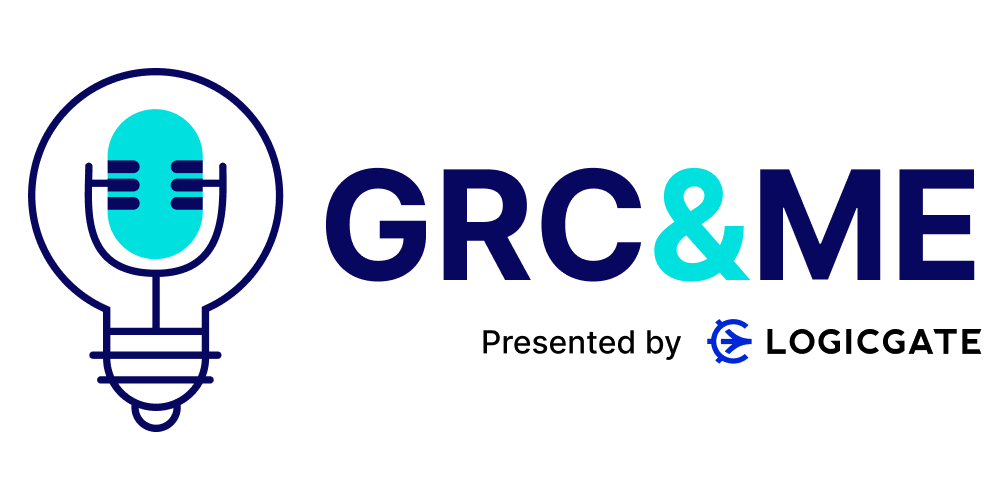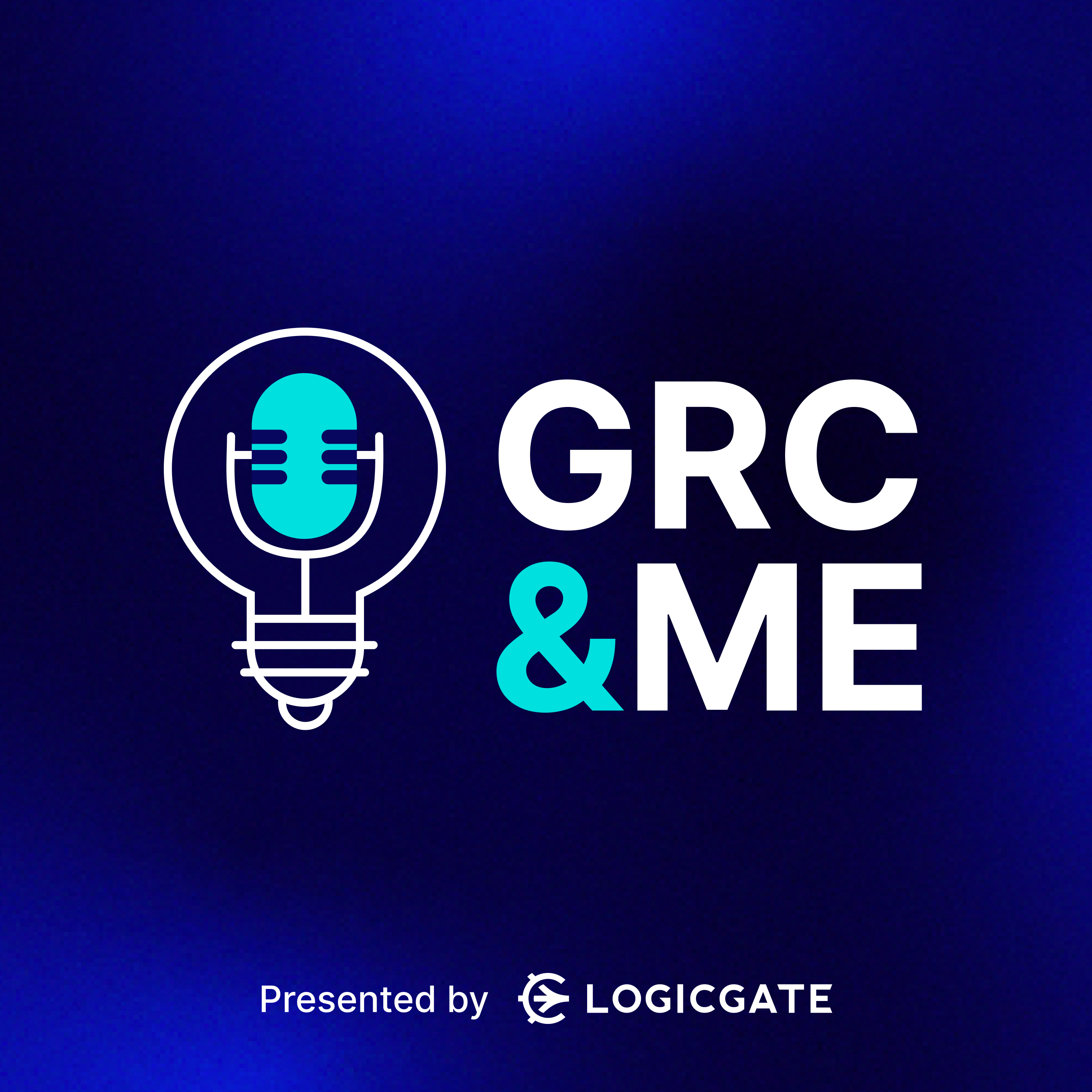A Conversation on Risk Quantification
- 0.5
- 1
- 1.25
- 1.5
- 1.75
- 2
DESCRIPTION
GRC Highlights
💻 What is risk quantification, anyway? According to Dustin, it’s the way to a more efficient future with risk management. Rather than use the traditional red, yellow or green status indicators that often lack context, risk quantification allows organizations to accurately identify and express risk findings through any form of currency — that way, “Everybody can be consistent about what those findings are telling them and what it means from a business impact,” explains Dustin.
💻 Besides the fact that dollar impact is quite simple for business leaders to grasp, Dustin says the importance of quantification to a risk program lies in its ability to provide risk findings on a consistent basis. Plus, it’s easier for organizations to assess and compare risk mitigation activities, prioritize the activities they need to pay attention to, not to mention adapt to quantifiable risk practices that enable more effective responses to risk.
💻 Cohesive and holistic risk management wins every time: Without risk quantification, organizations can’t access the benefits of managing risk on a single platform or across multiple categories. Here’s why that matters: According to Dustin, working with consistent definitions and formulas to calculate risk simplifies your ability to create an integrated risk view. On top of that, “Organizations are going to find it easier to understand what that information is telling them,” shares Dustin. “They can start applying that to various aspects of their business that they may not have been doing before.”
💻 Two key benefits of risk quantification? Agility and adaptability. With the ability to acclimate and adjust quicker, organizations can quantify risk on a consistent basis, which enables them to make speedy, yet informed decisions. Here’s why: Because they don't have to stop and interpret the results, Dustin highlights that “the results are the results, and they're in dollars and cents and they're clearly laid out.”
💻 With a passion for technology and risk, Dustin went from an undergraduate degree in computer information systems to security and cybersecurity. Luckily, this mixed education afforded him the opportunity to evaluate GRC platforms — especially “adaptable and flexible” ones like LogicGate’s Risk Cloud — with an expert understanding of “how to piece together the logic of how that particular platform is operating.”
Today's Guests


